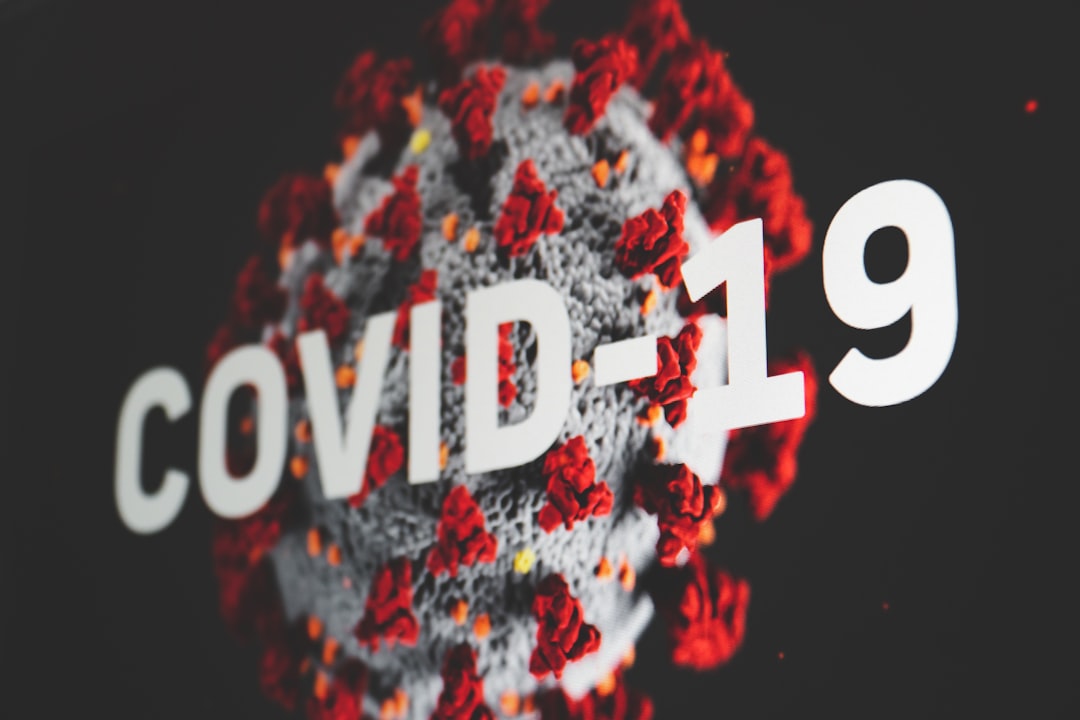What is it about?
Preexposure prophylaxis (PrEP) using antiretroviral drugs is effective in reducing the risk of human immunodeficiency virus type 1 (HIV-1) infection, but adherence to the PrEP regimen is needed. To improve adherence, a long-acting injectable formulation of the nonnucleoside reverse transcriptase (RT) inhibitor rilpivirine (RPV LA) has been developed. However, there are concerns that PrEP may select for drug-resistant mutations during preexisting or breakthrough infections, which could promote the spread of drug resistance and limit options for antiretroviral therapy. To address this concern, we administered RPV LA to macaques infected with simian immunodeficiency virus containing HIV-1 RT (RT-SHIV). Peak plasma RPV levels were equivalent to those reported in human trials and waned over time after dosing. RPV LA resulted in a 2-log decrease in plasma viremia, and the therapeutic effect was maintained for 15 weeks, until plasma drug concentrations dropped below 25 ng/ml. RT mutations E138G and E138Q were detected in single clones from plasma virus in separate animals only at one time point, and no resistance mutations were detected in viral RNA isolated from tissues. Wild-type and E138Q RT-SHIV displayed similar RPV susceptibilities in vitro, whereas E138G conferred 2-fold resistance to RPV. Overall, selection of RPV-resistant variants was rare in an RT-SHIV macaque model despite prolonged exposure to slowly decreasing RPV concentrations following injection of RPV LA.
Featured Image
Why is it important?
While this is a small pilot study, the data are encouraging that drug resistance may be difficult to develop in HIV-1 RT during RPV LA monotherapy compared to first-generation NNRTIs. The single DRMs that we did detect remained a minor species despite persistent drug levels. Future studies looking at a larger group of animals with different viremia levels and comparing daily oral RPV dosing to different lengths of sustained released RPV LA are warranted to understand how they influence the development of drug resistance. In addition, the effect of development of minority, low-level RPV-resistant viruses on subsequent combination therapy should be addressed.
Read the Original
This page is a summary of: Low Frequency of Drug-Resistant Variants Selected by Long-Acting Rilpivirine in Macaques Infected with Simian Immunodeficiency Virus Containing HIV-1 Reverse Transcriptase, Antimicrobial Agents and Chemotherapy, October 2015, ASM Journals,
DOI: 10.1128/aac.01937-15.
You can read the full text:
Contributors
The following have contributed to this page










